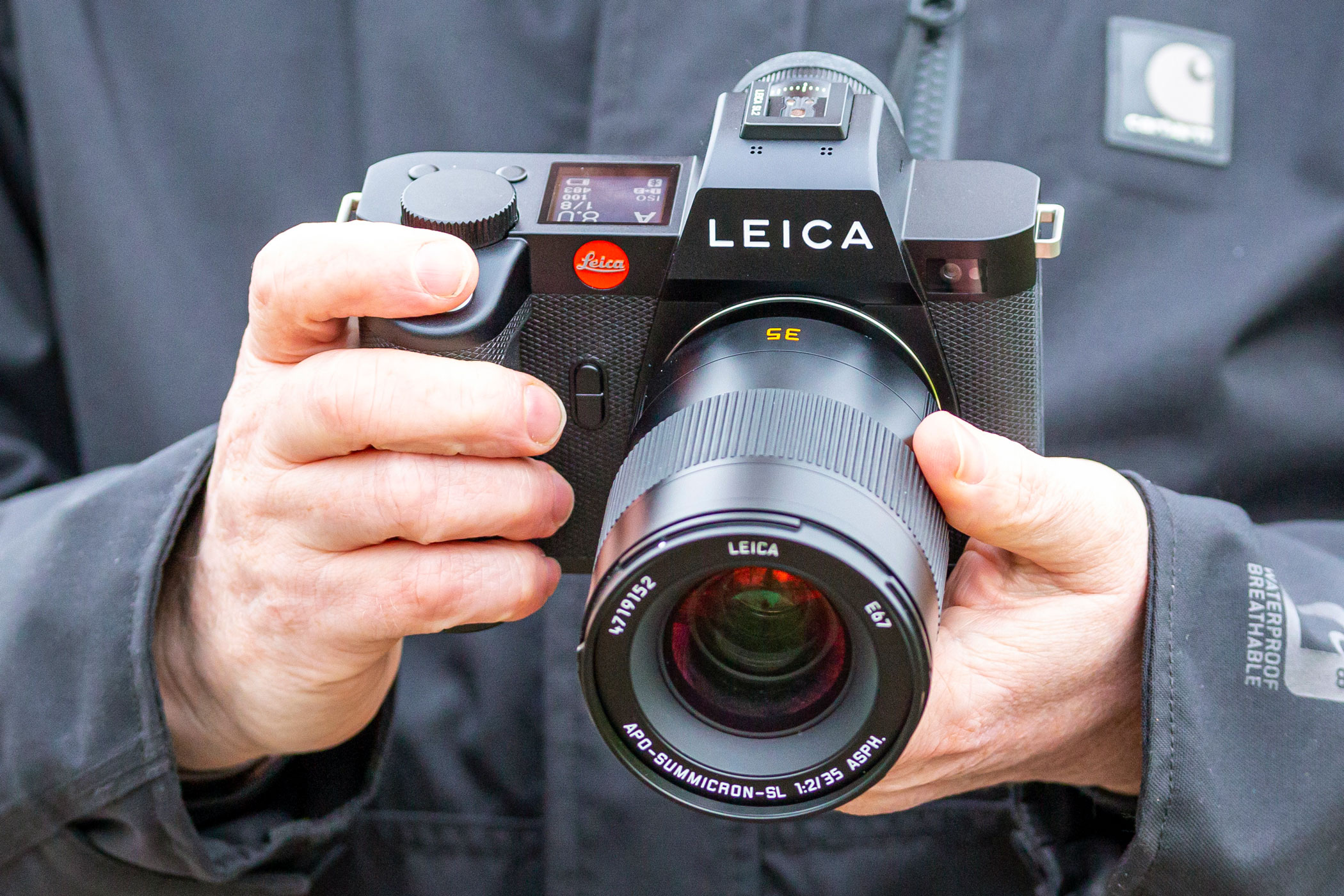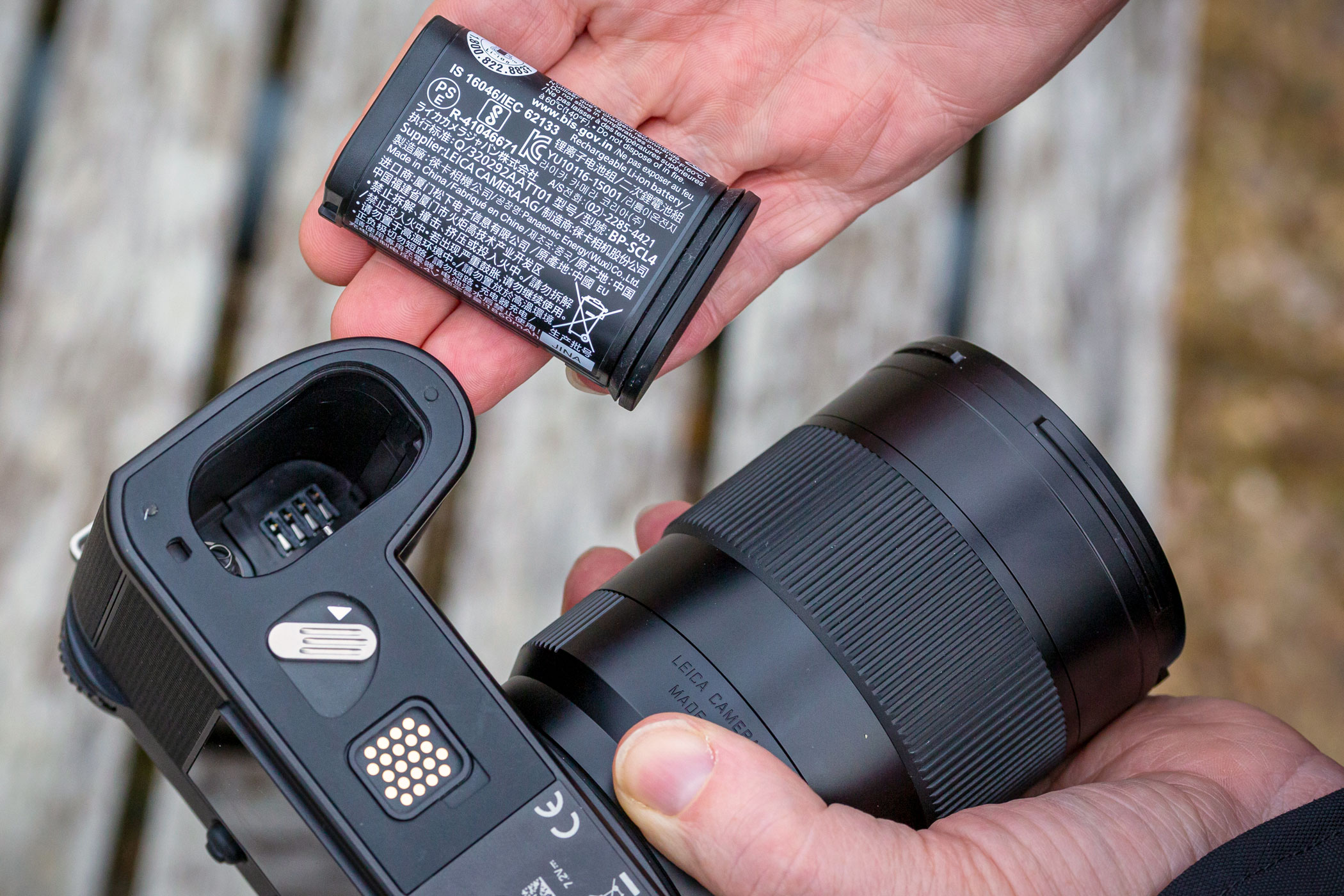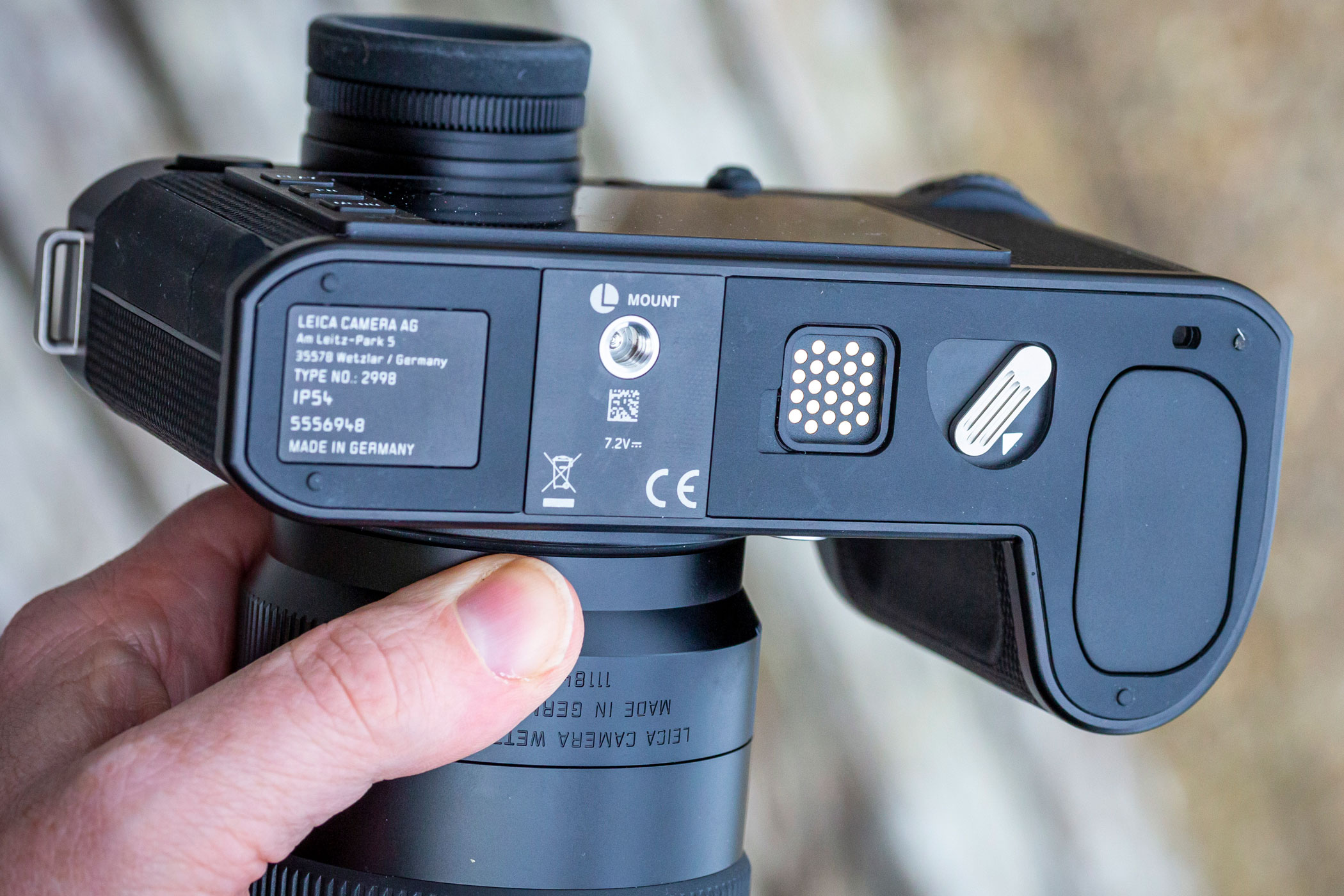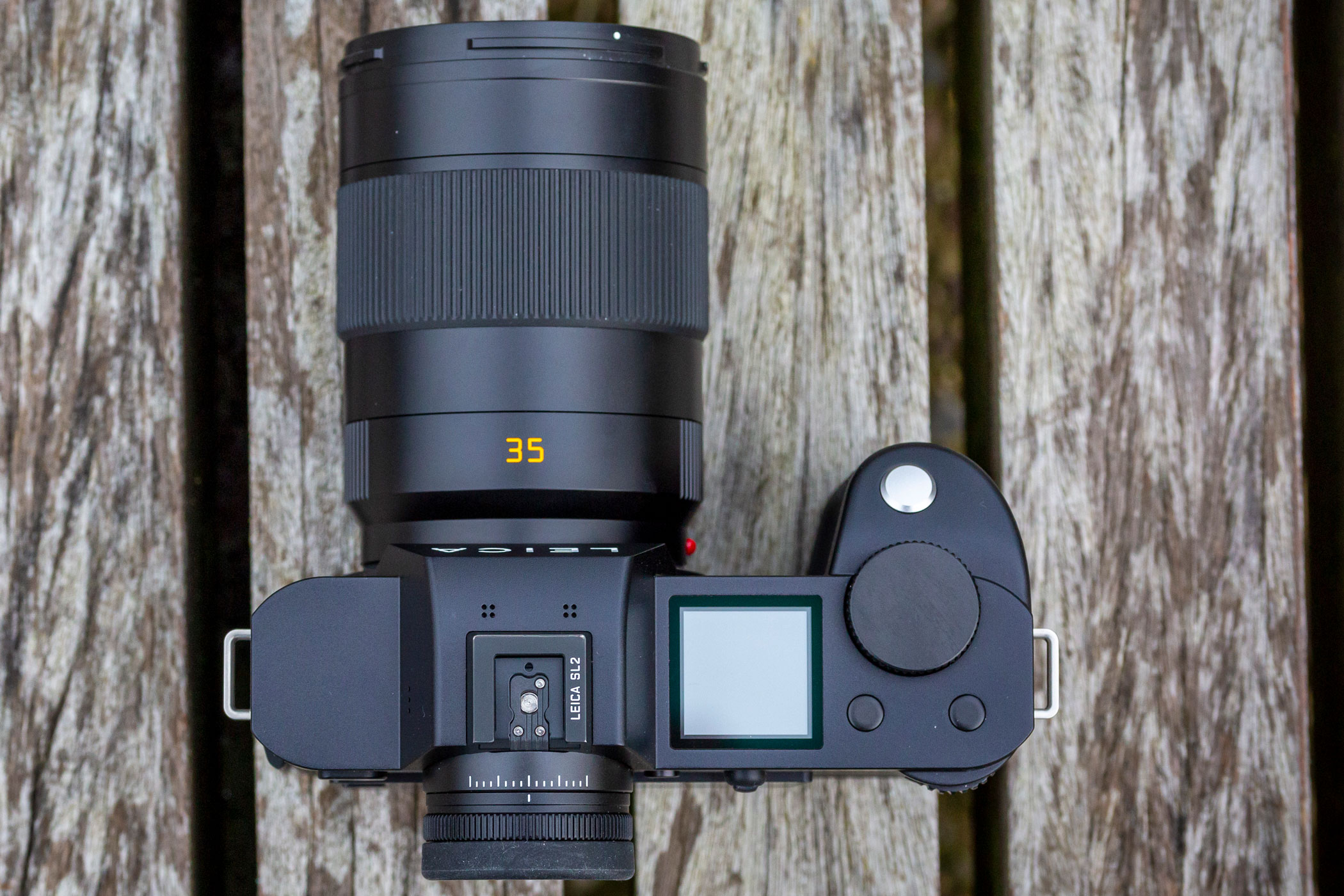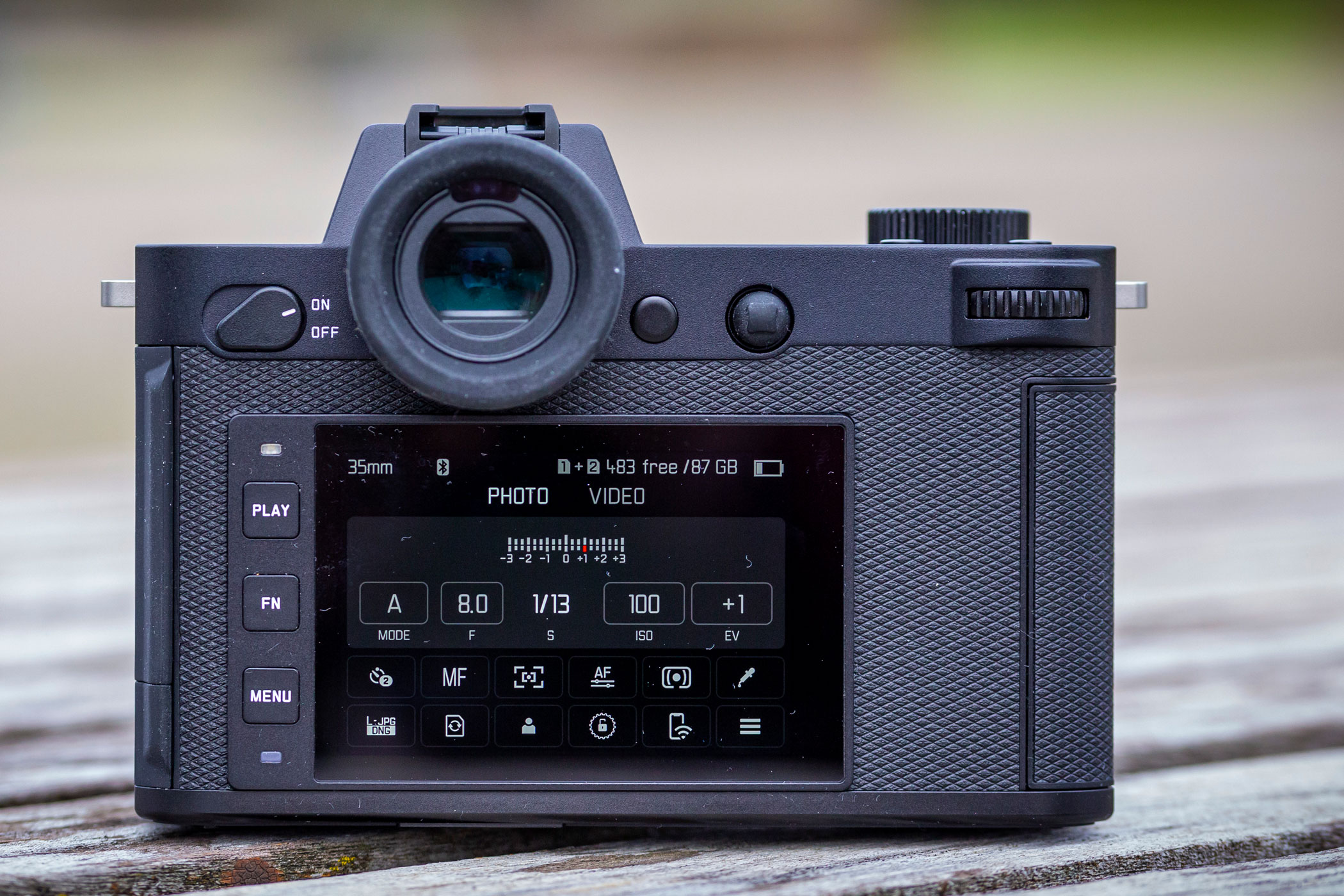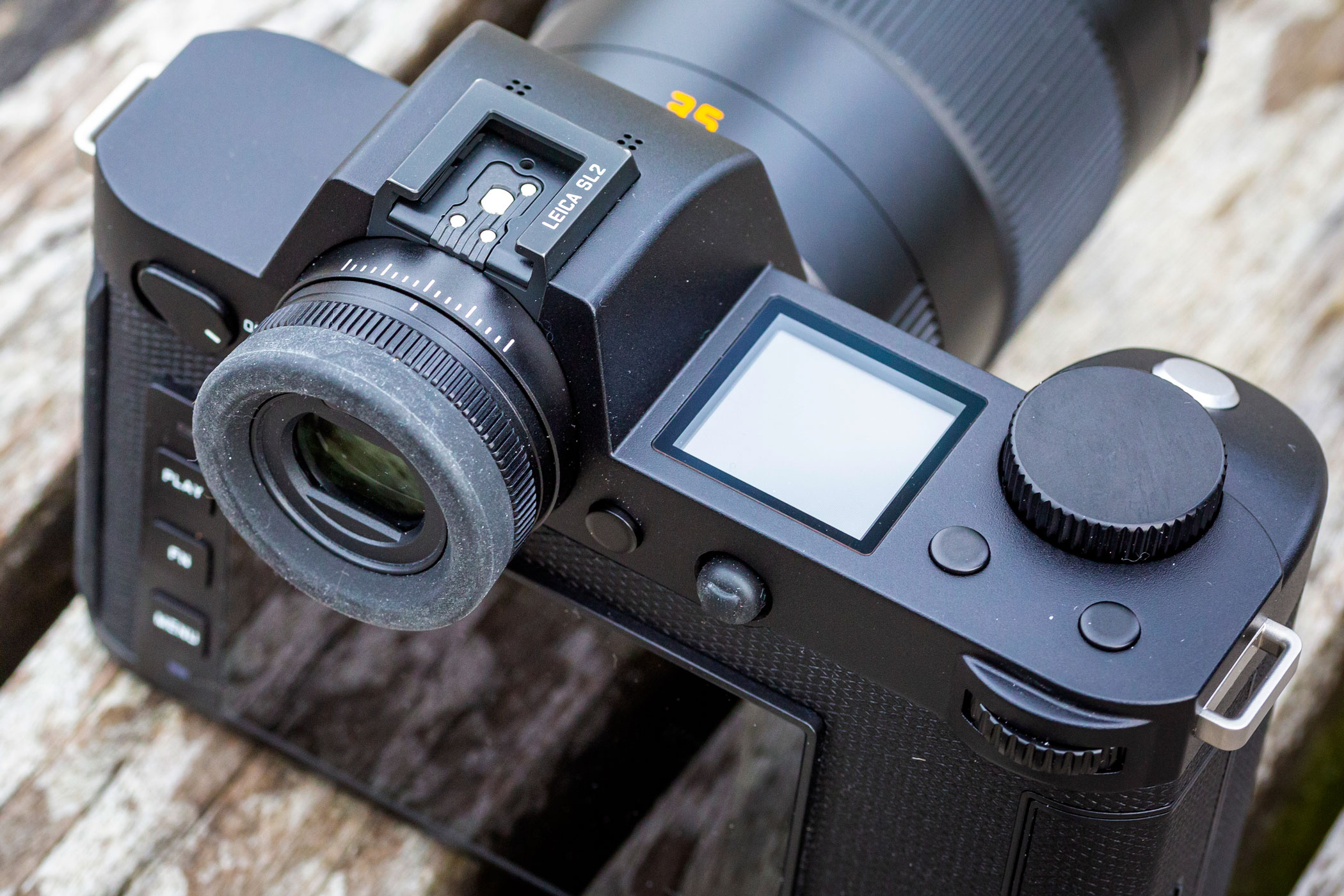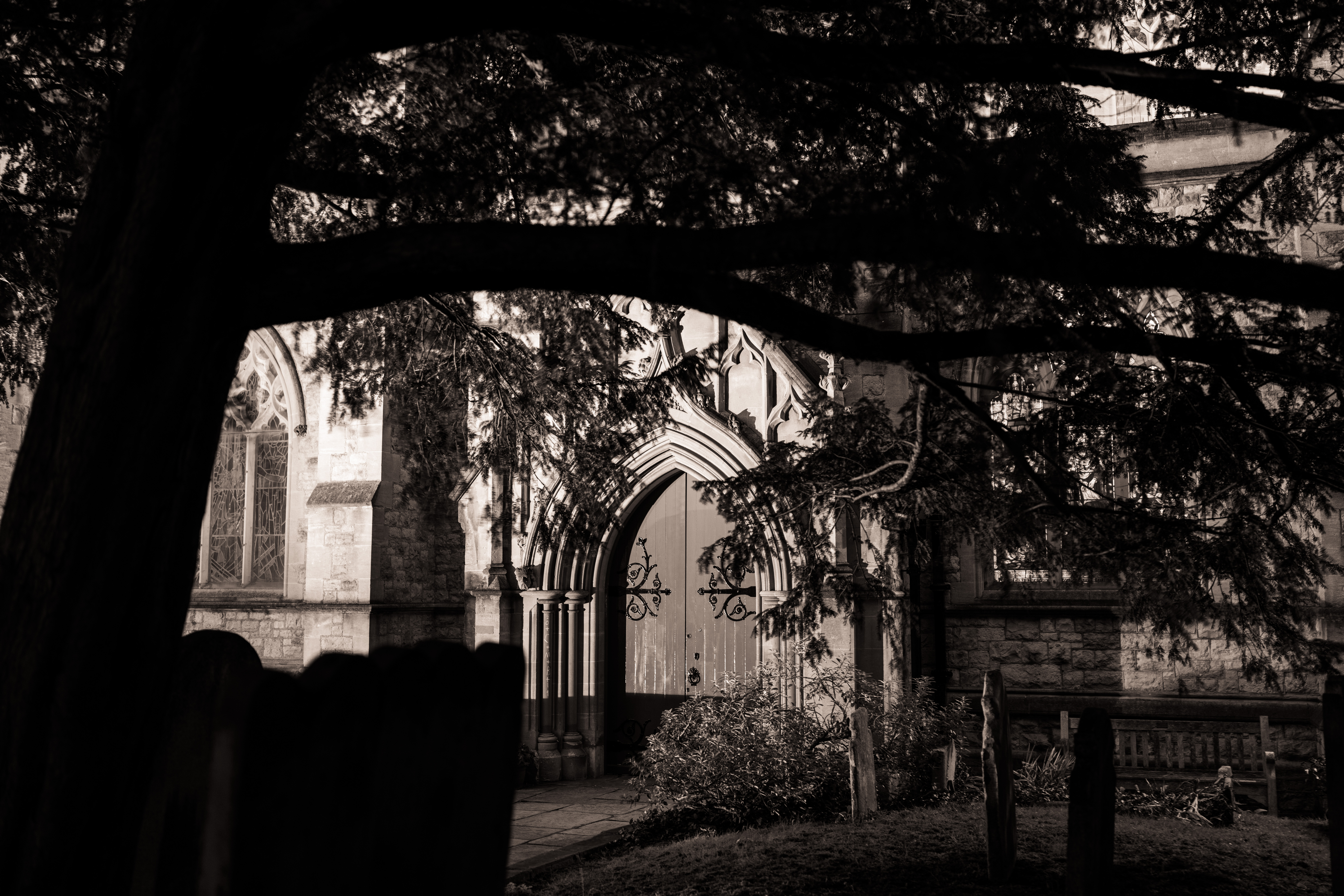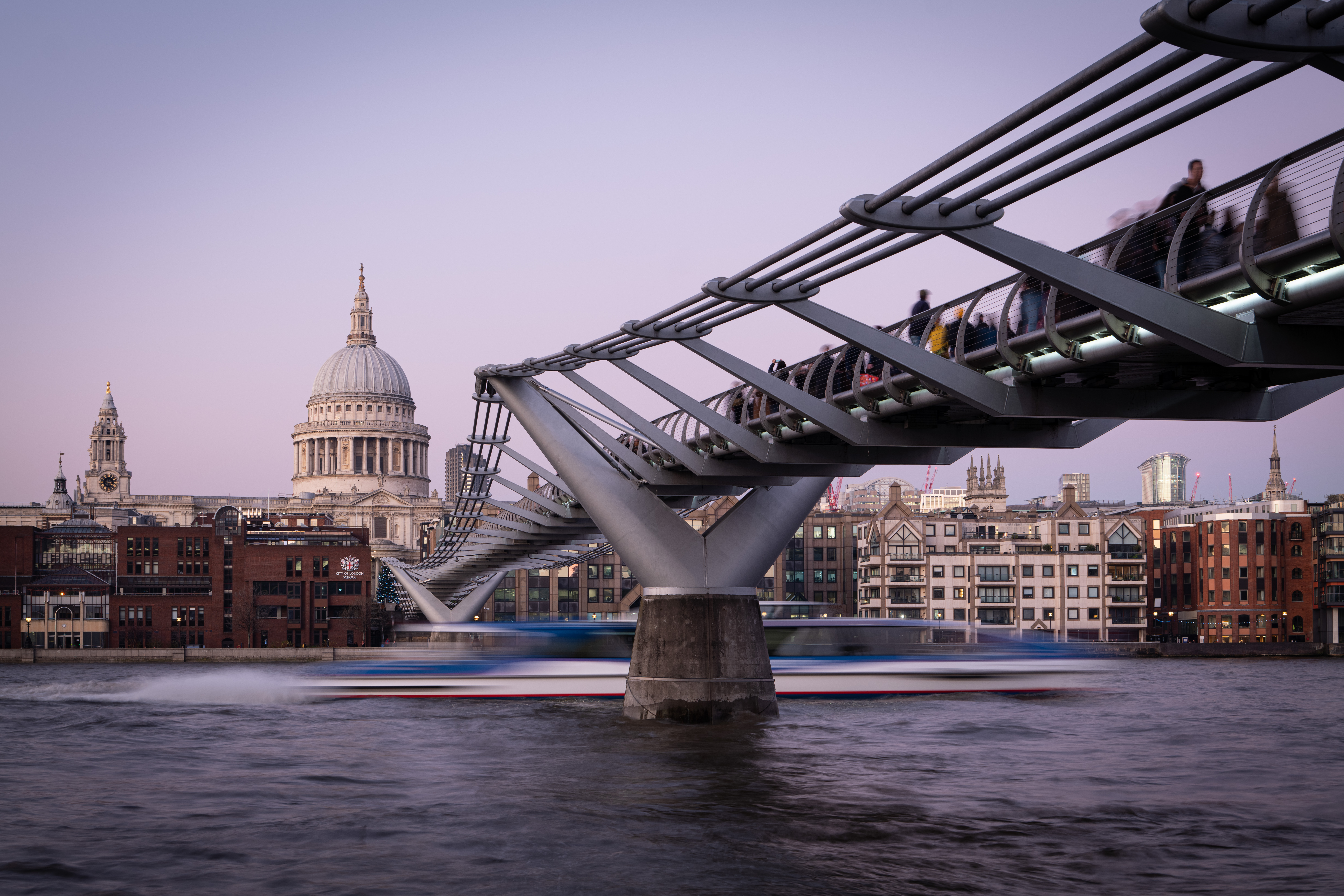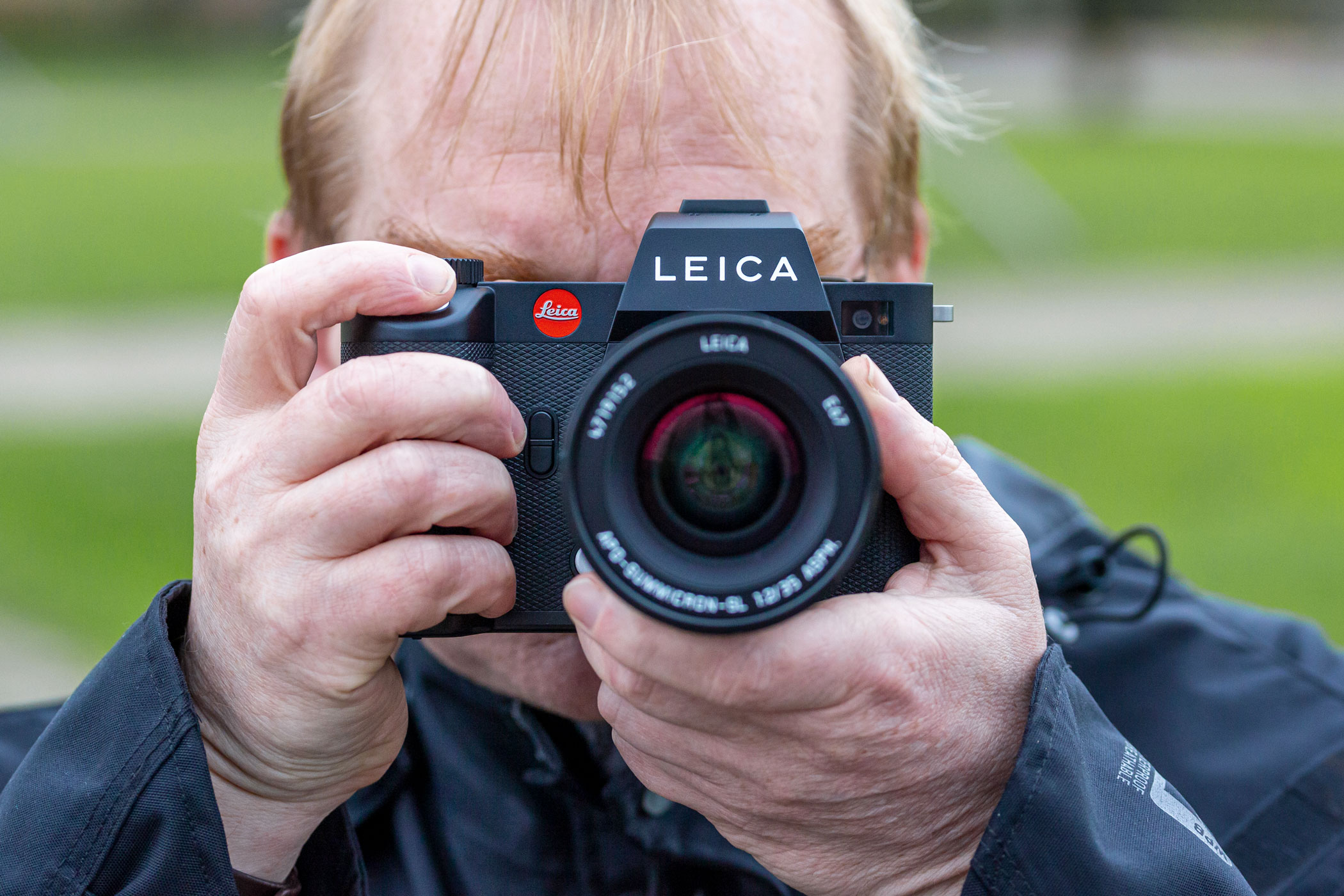Leica SL2 at a glance:
- £5,300 body only
- 47.3MP full-frame sensor
- ISO 50-50,000
- Up to 20fps shooting
- 5.76m-dot electronic viewfinder
- 3.2in 1.2m-dot touchscreen
- 5K video recording
Leica was the second company after Sony to make a full-frame mirrorless camera, in the shape of the 24MP SL (Typ 601) in 2015. But a lot has changed since then: Sony has released a couple of increasingly refined generations of its Alpha 7R series, and both Canon and Nikon have jumped into this market, too. In response, Leica has joined forces with Sigma and Panasonic to form the L-Mount Alliance, with its first new camera as part of this venture being the updated SL2.
Leica has a long and deep-running cooperation with Panasonic, and as a result, the SL2 has a great deal in common with the Lumix S1R. Both are large, heavy SLR-style cameras that sport a 47.3MP full-frame sensor (that’s also used by Leica’s Q2 fixed-lens compact), 5-axis in-body stabilisation, a 5.76m-dot electronic viewfinder with 0.78x magnification, and a large, sharp 3.2in, 2.1m-dot touchscreen LCD. Yet at £5300 body-only, the SL2 costs almost £2000 more than its L-mount cousin. We’re used to seeing a premium for the iconic Leica red dot and ‘Made in Germany’ engraved on the baseplate, but what, if anything, do you gain in terms of photographic capability?
Leica SL2 – Features
For most photographers, Leica is indelibly associated with its M-series rangefinders, which took the transition from film to digital in their stride while barely changing a design that originated in the 1950s. So it’s perhaps tempting to assume that the firm’s mirrorless models might be similarly conservative in their approach. But nothing could be further from the truth; instead, the SL2 is an extremely sophisticated camera.
The SL2’s 47.3MP full-frame sensor does without an optical low-pass filter to maximise detail, and teams up with Leica’s latest Maestro III processor to provide a sensitivity range of ISO 50-50,000. Its 14-bit raw files are recorded in Adobe’s standard DNG format, which means they should open in almost any processing software (although you’ll need an up-to-date computer to handle those high-resolution files). There’s no on-chip phase detection, but autofocus is provided at 225 points arranged across the entire frame, right into the corners.
Continuous shooting is available at 10 frames per second with focus fixed at the start of a burst, or 20 fps using the silent electronic shutter (but with the risk of rolling shutter artefacts and banding under artificial light). If you require autofocus and live view between frames, the speed drops to 6fps. The fastest shutter speed is 1/8000sec, but the electronic shutter can be used to boost this to 1/40,000sec, allowing the use of large apertures in very bright light. The default Hybrid shutter option switches between the mechanical and electronic modes automatically.
One particularly significant new feature is the addition of 5-axis in-body image stabilisation (IBIS). It’s rated to allow shooting hand-held at shutter speeds up to 5.5 stops slower than would otherwise be possible, without image blurring from hand shake becoming apparent. An 8-frame, 187MP multi-shot mode is promised via an upcoming firmware update, and will likely be similar to that found on the Panasonic S1R, using the IBIS unit to move the sensor fractionally between exposures to capture more detail.
In tune with Leica’s philosophy of stripping a camera back to its essentials, you don’t get a huge amount of additional features. For example, there’s a comprehensive exposure bracketing control, but nothing along the lines of focus or white balance bracketing. Likewise you get an intervalometer, but no ability to generate time-lapse movies in-camera.
The Auto ISO control lets you specify a minimum shutter speed or allow the camera to select it based upon the focal length, but this can’t be biased towards faster or slower speeds depending on how your subject is moving. There’s no in-camera raw converter for adjusting images before sharing them, and fripperies such as subject-specific scene modes or image-processing filters are entirely absent.
Videographers will, however, find plenty to like. The SL2 handles switching between stills and movie modes particularly elegantly, with a single button press activating a 16:9 preview and an entirely independent camera configuration, a including video-tailored onscreen quick menu. It’s one of the few cameras capable of 4K (3840×2160) recording at 60fps, using almost the entire width of the sensor. Switch from MP4 to the MOV format and it can even record 5K video (4992×3744) in a 4:3 aspect ratio at 30fps and 200Mbps, along with Cinema 4K (4096 x 2160) at 60fps and 150Mbps, albeit with a considerable field-of-view crop. Unlike the SL, headphone and microphone sockets are built-in, but one glaring omission is any kind of screen articulation.
Wi-Fi and Bluetooth are both on board for connecting the camera to your phone, using the free Leica Fotos app for Android and iOS. Unlike the SL, there’s no built-in GPS unit, but images can instead be geo-tagged using GPS data from your phone via the Fotos app. Setup is done entirely using Bluetooth, which makes it particularly straightforward, and the camera can be paired with multiple devices at the same time. You can use your phone as a remote control, complete with live view and the ability to change the most important camera settings, and copy images across for sharing. Unfortunately, I struggled to get this working consistently using either Apple or Android devices, with the app often displaying no photos from the camera. But hopefully Leica can fix this with an update.
Unusually, a paid-for ‘Pro’ version of Leica Fotos is available for an annual subscription (currently £18.49). It adds the option to copy DNG raw files across to your phone, remote control for video shooting, and for iOS users, Lightroom integration and an iPad-optimised version.
Leica SL2 – Focal points
- Both SD card slots support the high-speed UHS-II standard. They can be used sequentially, to back-up files to both cards, or to split JPGs to one and DNGs to the other.
- The neatly designed BP-SCL4 battery fits flush to the base plate, with no separate compartment door. It’s good for 370 shots per charge, and can be topped up either externally, or through the USB-C port.
- In a welcome advance over the SL, microphone and headphone sockets are built-in, alongside USB-C and full-size HDMI ports. Both audio sockets can also accept the optional RC-SCL6 wired remote release, as it uses a 3.5mm connector.
- The SL2 is compatible not just with Leica’s own SL lenses (and TL lenses in APS-C crop mode), but also an increasing range of Panasonic Lumix S and Sigma L-mount lenses. Canon EF-mount lenses can also be used via Sigma’s MC21 adapter, but with some significant AF limitations.
- The monochrome OLED display on the top plate shows the exposure mode, shutter speed, aperture, ISO, remaining card capacity and battery status.
- Up to six custom User Profiles can be saved, and best of all, given meaningful names for easy recall – something that’s sorely missing from most other manufacturer’s cameras.
Leica SL2 – Build and Handling
The moment you pick up the SL2, it’s clear that this is no run-of-the-mill camera. It’s a big, bulky beast that’s considerably larger than most of its full-frame mirrorless peers, and similar in size and weight to a high-end DSLR. This is compounded when you consider the lenses: for example at 720g, the APO-Summicron-SL 35mm f/2 ASPH weighs more than Sony’s FE 35mm f/1.4 lens, while the Summilux-SL 50mm F1.4 contrives to weigh over a kilogram. So if you want a mirrorless system to reduce the load on your shoulders, this isn’t it. Instead you’ll need a chiropractor as sympathetic as your bank manager, given that those two lenses will set you back £3,600 and £3,800 respectively.
There’s a reason why the SL2 is so heavy, of course; its body shell is machined from two solid blocks of aluminium, and as a result feels like it would stop a bullet. The camera is certified to IP54 standards, meaning that it’s protected against dust and splashing water. It certainly proved itself during the course of my testing, withstanding a couple of hours shooting in heavy rain without skipping a beat.
While the original SL was somewhat uncomfortable to hold, the SL2’s handgrip is notably improved by the addition of a small indentation into which your fingertips naturally settle. Leica has also smoothed away the sharp edge at the top of the grip, so it doesn’t dig into your index finger. The diamond-textured rubber coating provides a secure hold, and there’s a large clear space on the back for your thumb.
Overall the SL2 follows much the same template as its predecessor, with a central electronic viewfinder and fixed rear touchscreen. Its pared-back design reduces external controls to the essentials, with twin electronic dials to change exposure settings, an AF-point joystick, and just a smattering of buttons. But in a very welcome move, the rear control layout drops the SL’s set of four dual-purpose buttons around the LCD in favour of a simplified and more intuitive three-button approach, that’s similar to Leica’s other recent cameras. A monochrome top-plate OLED screen is on hand to help the user keep track of the essential photographic settings.
While the rear dial is embedded conventionally into the body within easy reach of your thumb, the large wheel on the top-plate is more unusual, although it works well enough once you get used to it. There’s no exposure mode dial – instead, you click the rear dial inwards and rotate it to cycle through the P, A, S and M modes. One of the dials can be used to set exposure compensation directly, indeed you can specify which for the P, A and S modes independently. If you wish to use exposure compensation with Auto ISO in manual mode, simply assign it to one of the function buttons.
To this end there are five programmable buttons arranged around the body, whose functions can be easily reassigned by holding them down for a second. The one beside the LCD, labelled Fn, cycles through onscreen information display modes, and I preferred to leave it this way. There are two more on the top-plate behind the front dial; by default one toggles between stills and video shooting, while the other is used for setting ISO. This requires a substantial shift in grip to press, but I found it less annoying in real-world use than I expected. The other two are placed on the front plate beneath your third and fourth fingers, and are the most obvious to configure to your personal preferences.
The well-placed joystick is used to navigate menus and position the autofocus point. It can also be clicked inwards to activate autofocus, even when the camera is set to MF, which can be handy for ‘one-shot’ focusing. If you prefer, it can be set to various combinations of AF and AE lock, or to activate focus magnification in MF mode, which is great for working with manual lenses. However Leica has missed a trick, as it’s not capable of moving the AF area diagonally, which slows things down when you have so many focus points to choose between.
One thing the firm has got right, though, is its onscreen quick menu for changing secondary functions, that’s accessed by a press of the menu button and nicely integrated into the camera’s touch interface. A second tap of the button takes you into the main menu system, which is refreshingly sparse and easy to understand.
This all makes the SL2 much more conventional than its decidedly quirky predecessor, and once you’ve got it set up to your liking, it’s far more pleasant to use. Indeed it’s the kind of camera that gets out of your way and becomes second nature to work with. However I wouldn’t necessarily say it’s clearly better than its closest peers, the Lumix S1R, Nikon Z 7 or Sony Alpha 7R IV, which are also highly refined designs.
Leica SL2 – Viewfinder and screen
One standout feature of the SL2 is its viewfinder; indeed its 5.76m-dot EVF is one of the best I’ve ever used. It’s large, bright and incredibly detailed, with key exposure data overlaid on black bars above and below the preview image. However this information doesn’t rotate when you turn the camera to portrait format. The standard refresh rate of 60fps can be boosted to 120 fps to give smoother rendition of fast-moving subjects, and you can overlay gridlines, a dual-axis electronic level, and an unobtrusive live histogram. By default the camera will preview the exposure, but you can turn this off in manual mode for use with studio flash. One surprising oversight, however, is that there’s no apparent way to stop the lens down for depth of field preview.
A sensor above the eyepiece switches automatically between the EVF and screen. At 3.2in and 2.1m dots, the rear LCD is also large and detailed, while being extremely responsive to touch. However it’s disappointing to see a screen without any form of articulation, especially given the usefulness of the Panasonic S1R’s triple-hinged unit for shooting at unusual angles.
Leica SL2 – Autofocus
While the SL2 doesn’t have phase detection pixels built into its sensor, it does feature a pretty sophisticated AF system. Leica describes it as being based on ‘contrast metering and depth mapping’, which sounds very much like Panasonic’s Depth from Defocus technology. In practice it behaves in much the same way too, with far greater decisiveness than is usually displayed by simple contrast detection AF.
A comprehensive set of focus options is available, with the default Smart AF mode automatically detecting subject motion and switching between single-shot and continuous modes accordingly. On the whole, I found it got things right most of the time, but of course it’s also possible to select the AF-S and AF-C modes manually. You can allow the camera to choose the focus point itself, but I suspect most users will prefer to specify this manually. The standard-size AF area is fine enough for most purposes, but there’s also a spot AF option for pinpoint focusing. Alternatively you can select a wider-area zone mode, which makes it easier to follow moving subjects. Object tracking and face detection modes are also on offer.
Switch to C-AF mode, and the SL2 gives the kind of control over its behaviour that until recently was the preserve of high-end DSLRs. It even provides use-case settings optimised for specific types of subjects, named Children/pets, Team sports, Runner and Wildlife. Unfortunately, with just 35mm and 50mm primes to hand, I wasn’t able to give its C-AF system a really serious workout. Even so, it’s clear that the SL2 can’t keep up with the best of its mirrorless rivals when faced with fast-moving subjects, delivering a lower-proportion of in-focus frames, meaning it’s not the best choice for sports or action work. But with static or slow-moving subjects, its AF system is quick, silent and impressively accurate, and only starts to struggle in very low light.
For manual focus you get a familiar array of aids. Live view magnification can be engaged automatically when you turn the focus ring on native L–mount lenses, or manually using a function button; by default it’s assigned to the upper of the front-plate buttons. Alternatively a peaking display is available in a choice of four colours and two sensitivities, and accessed as a display mode by pressing the FN button. This all works very well, which is good news for Leica lovers who wish to use M-mount lenses using the optional M-Adapter L mount converter.
Leica SL2 – Performance
In practical use the SL2 delivers phenomenal image quality, with fantastic detail and dynamic range. If you can put up with its size and weight, it’s also pretty pleasant to shoot with. It takes a moment to start up after you flick the power switch, but from then on it’s quick and responsive to all of the controls.

Thanks to its 47.3MP sensor and fantastic lenses, the SL2 delivers huge amounts of detail from corner to corner. Leica SL 35mm F2, 1/4000sec at f/8, ISO 100.
Its continuous shooting performance is quite creditable, especially given the DNG file sizes of 85-90 MB. I found that when shooting in raw, the camera was capable of rattling off 27 frames in a burst before slowing down, which is behind the Panasonic S1R’s 40-frame buffer, but still sufficient for many purposes. If you’re happy recording only JPEGs, it’ll keep on going almost indefinitely.
Leica’s metering is very reliable, and it’s easy enough to see in the viewfinder if you need to apply any exposure compensation. However, the rather neutral Standard colour rendition isn’t as attractive as the punchier JPEG output you get from some rival brands. Black & White shooters, on the other hand, may well find Leica’s Monochrome High Contrast option pleasing.
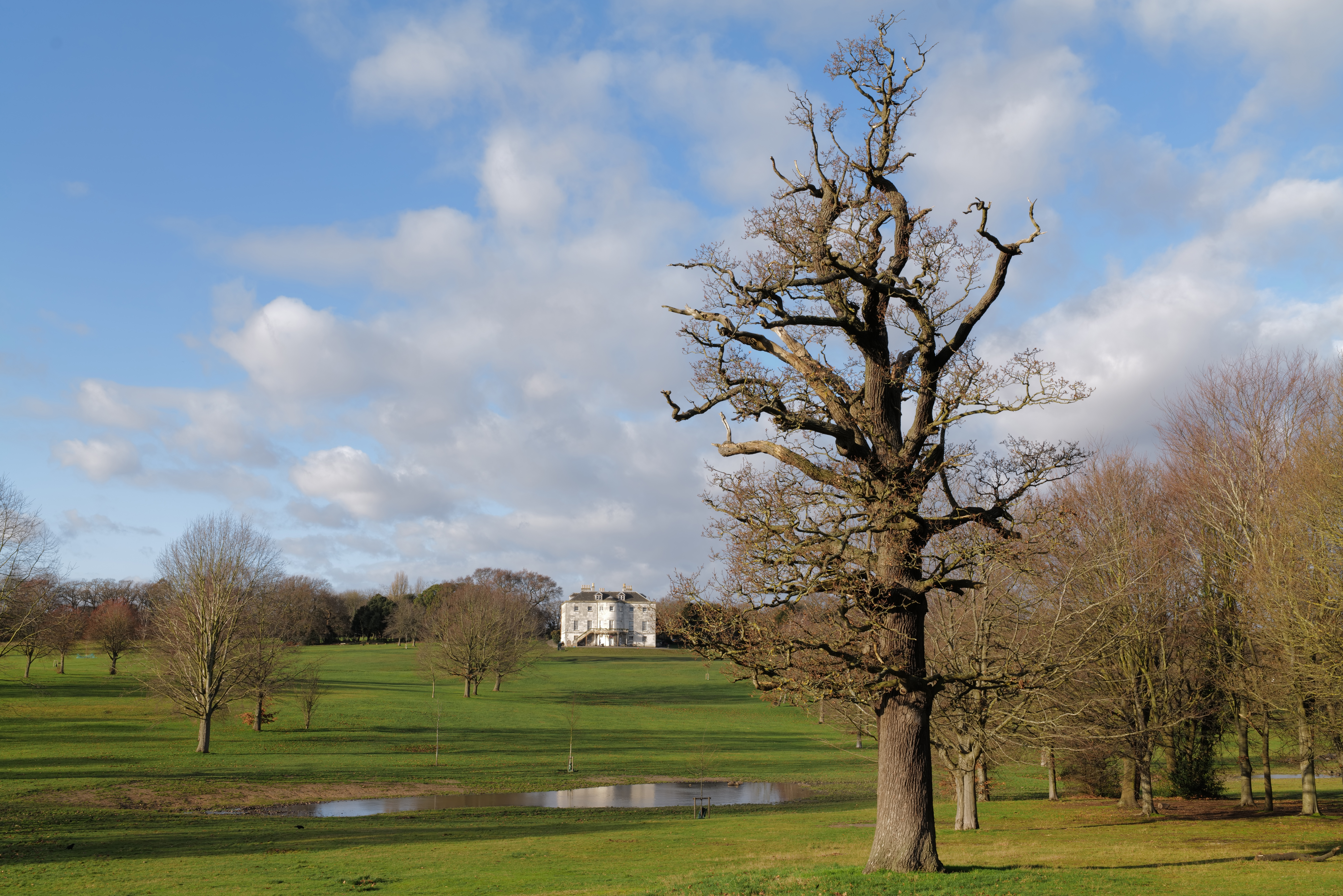
Leica’s Standard JPEG colour output is relatively subdued. Leica SL 35mm f/2, 1/20sec at f/16, ISO 50
The auto white balance can be a little hit-and-miss too, especially under mixed lighting, where it can offer radically different interpretations depending on the exposure compensation setting.There’s also no dynamic-range expansion option to balance shadow and highlight detail. As a result, processing raw will generally give much more attractive images compared to the camera’s often uninspiring JPEG output.
Mention must be made of the 5-axis in-body stabilisation, which works impressively well. Using the Leica SL 35mm f/2 lens I was able to get consistently sharp images hand-held at shutter speeds of 1/2sec, which I’d consider to represent about 5 stops of stabilisation. This allows you to make creative use of motion blur without having to lug around a tripod, or to keep the ISO low in fading light to minimise noise and maximise dynamic range.
One unfortunate characteristic is that the sensor seems unusually prone to attracting dust, and I took to carrying a small air blower to give it a periodic clean, reducing the need to clone out dust spots in post-production. Battery life is reasonable enough, and I found it could be usefully boosted by tweaking the power saving to turn off the displays after 10 seconds of inactivity.
Leica SL2 – Image quality
The SL2 incorporates one of the best sensors around, and at low ISOs its raw files include stacks of detail and vast dynamic range, with lots of additional information recoverable in the shadow regions during raw processing. At high ISOs, noise is kept reasonably low considering the pixel count, and I’d shoot at up to ISO 12,500 with no qualms.
It’s not just the sensor that matters here; close examination of image files reveals that Leica’s SL lenses are almost flawless. This ultimately is the pay-off for the system’s price and weight.
Leica SL2 – Resolution
At ISO 50, the SL2 records about 5400 lines per picture height, which is exactly as much as we could expect from its 47.3MP sensor. However the lack of a low-pass filter results in some imaging artefacts such as false colour and aliasing. These are suppressed by Leica’s JPEG processing, but at the cost of fine detail. Initially, resolution barely decreases as the sensitivity is raised, and it’s only at ISO 3200 that we see any significant drop-off, to around 5000 l/ph in raw. Above this noise has an increasingly severe impact, but even at ISO 12,500 we still register 4400 l/ph. At the top ISO 50,000 setting, 4000 l/ph matches the best that 24MP cameras can offer even at low ISO.
In the 100% crops below take from our resolution chart test shots, multiply the numbers beneath the lines by 400 to calculate the resolution in lines per picture height.

Leica SL2, resolution, raw + ACR, ISO 50
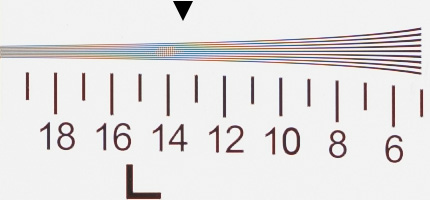
Leica SL2, resolution, raw + ACR, ISO 100
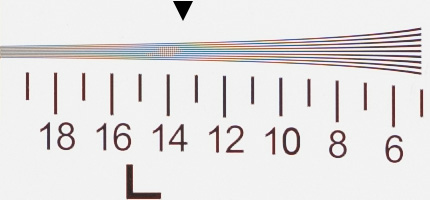
Leica SL2, resolution, raw + ACR, ISO 200

Leica SL2, resolution, raw + ACR, ISO 400

Leica SL2, resolution, raw + ACR, ISO 800
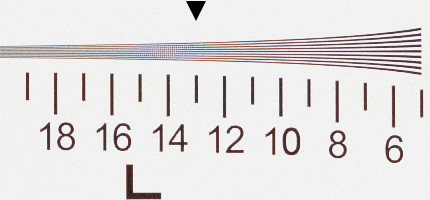
Leica SL2, resolution, raw + ACR, ISO 1600
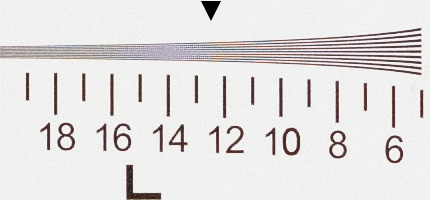
Leica SL2, resolution, raw + ACR, ISO 3200
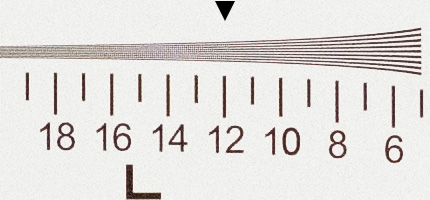
Leica SL2, resolution, raw + ACR, ISO 6400
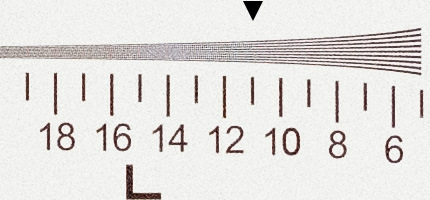
Leica SL2, resolution, raw + ACR, ISO 12,500
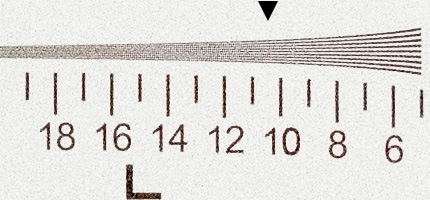
Leica SL2, resolution, raw + ACR, ISO 25,000

Leica SL2, resolution, raw + ACR, ISO 50,000
Leica SL2 – ISO and noise
Examination of DNG files converted using Adobe Camera Raw reveals impressive levels of detail and barely any visible noise at the lowest ISO settings. However, it’s important to understand that highlight detail clips to pure white more quickly at ISO 50 than at ISO 100. Initially there’s minimal drop in quality as the ISO is raised, with just a little luminance noise appearing at ISO 1600 when examining images close-up onscreen. By ISO 6400 noise has overwhelmed really fine detail, but I’d still use ISO 12,500 without hesitation for smaller output sizes. However I’d avoid the top two settings altogether as they give much poorer results, with faded colour and crushed shadow detail.

Leica SL2, ISO and noise, raw + ACR, ISO 50

Leica SL2, ISO and noise, raw + ACR, ISO 100
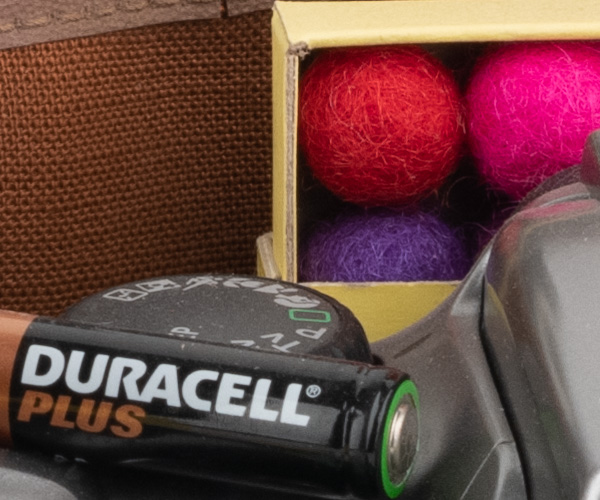
Leica SL2, ISO and noise, raw + ACR, ISO 200
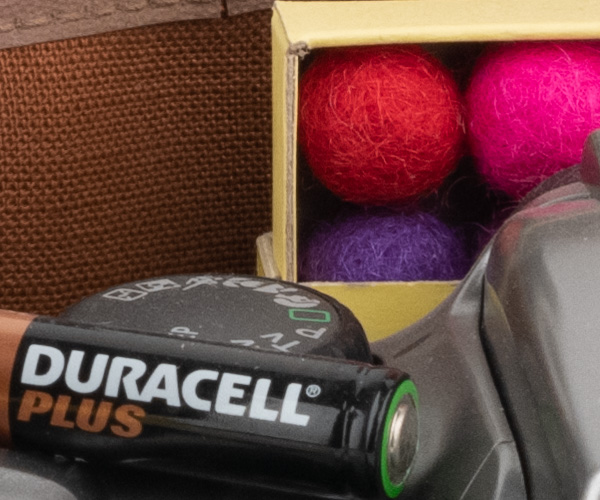
Leica SL2, ISO and noise, raw + ACR, ISO 400
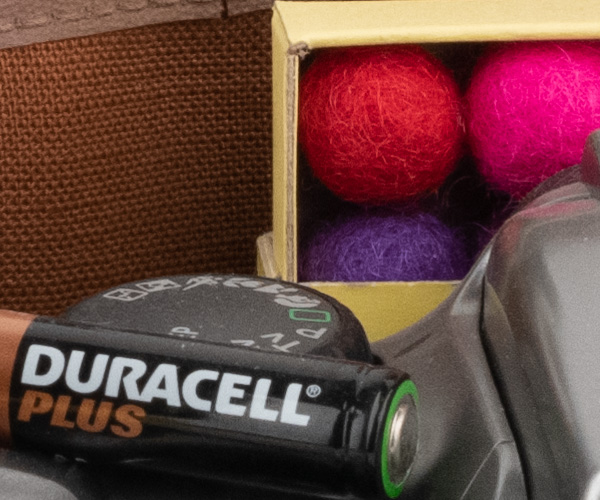
Leica SL2, ISO and noise, raw + ACR, ISO 800
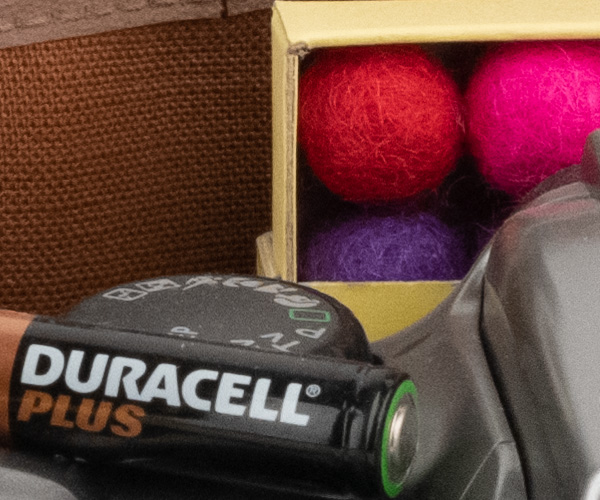
Leica SL2, ISO and noise, raw + ACR, ISO 1600
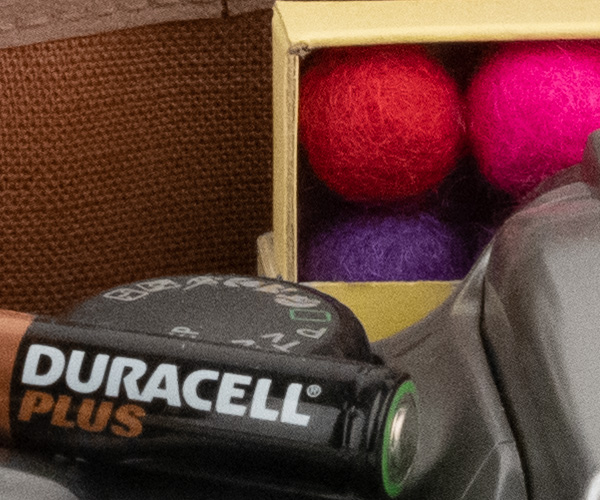
Leica SL2, ISO and noise, raw + ACR, ISO 3200

Leica SL2, ISO and noise, raw + ACR, ISO 6400
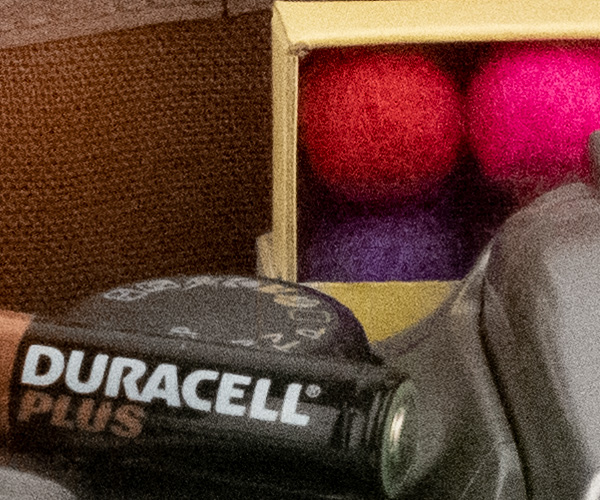
Leica SL2, ISO and noise, raw + ACR, ISO 12,500

Leica SL2, ISO and noise, raw + ACR, ISO 25,000
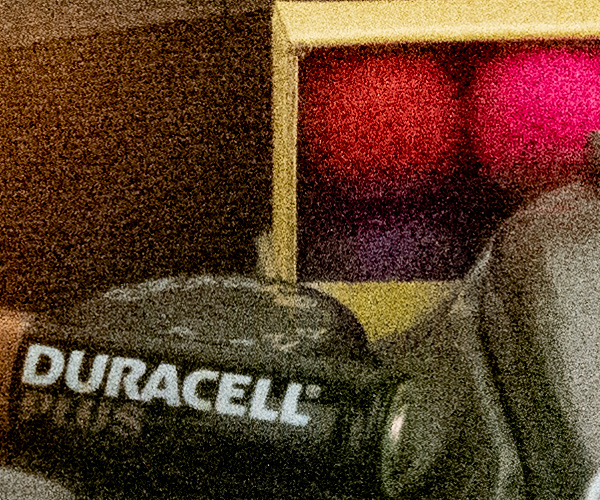
Leica SL2, ISO and noise, raw + ACR, ISO 50,000
Leica SL2 – Verdict
It’s always difficult to assess Leica cameras, as the firm operates to different rules than the big Japanese manufacturers. It’s simply not trying to be a mainstream player, but instead attract a niche, high-end audience. Money’s not supposed to come into it.
What, then to make of the SL2? If we put aside the question of price, it’s clearly a very accomplished camera that in most respects holds its own against other high-resolution full-frame mirrorless models. It records stunning detail and dynamic range, has a fabulous viewfinder, and benefits from effective 5-axis stabilisation to make the most of its high-resolution sensor. Its design may veer more towards the quirky than the conventional, but once you’ve spent some time getting acclimatised, it actually works very well. Objectively, this is a very impressive photographic tool.

The SL2 was totally unfazed by shooting for a couple of hours in heavy rain. Leica SL 35mm F2, 1/60sec at f/2, ISO 1250
However, none of this affords a rational reason for the vast majority of either serious enthusiast or professional photographers to choose it ahead of the likes of the Nikon Z 7, Panasonic Lumix S1R, or Sony Alpha 7R IV. All boast much the same set of positive attributes, but for at least £2000 less, body-only; the Sony and Nikon are also both considerably lighter in weight. All can be teamed up with a set of high-quality, thoroughly modern lenses – indeed the S1R uses exactly the same L-mount optics as the SL2. Purely in terms of technical specification, the Alpha 7R IV in particular matches or surpasses the SL2 in almost every meaningful way, especially with regard to autofocus, while Sony’s recent GM lenses are truly superb.
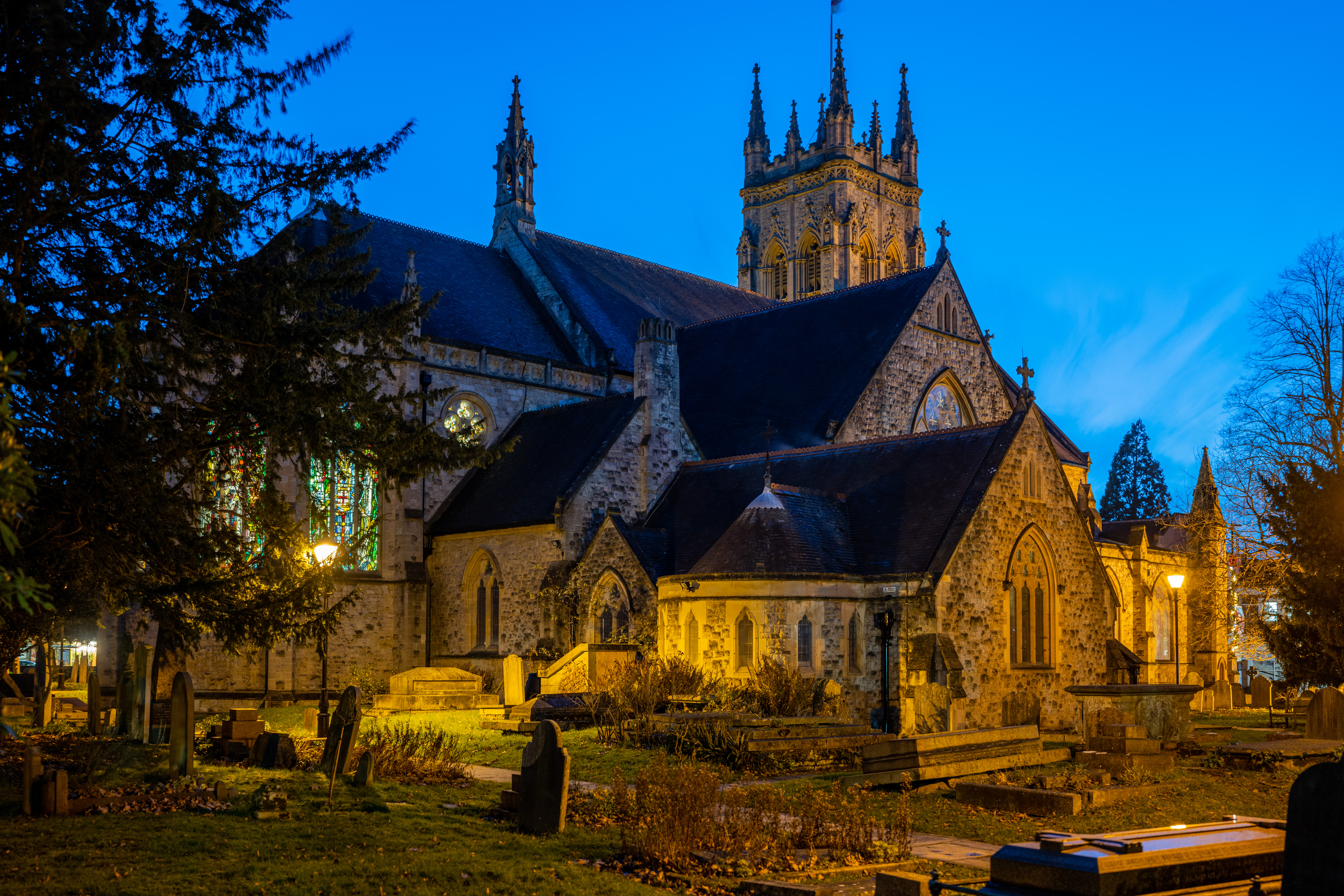
The sensor’s vast dynamic range allowed to balance the church against a sky that appeared much brighter in reality. Leica SLL 35mm f/2, 0.8sec at f/2, ISO 100
As a result, the attraction of the SL2 comes down to intangibles that can’t be found on a spec sheet. Instead it’s all about the stripped-back design aesthetic, the bomb-proof build quality, Leica’s reputation for peerless optics, and doubtless for some users, simply the prestige of the red dot. It’s really not a camera for most photographers, but for those who can convince themselves it makes sense, it should certainly deliver fantastic results.
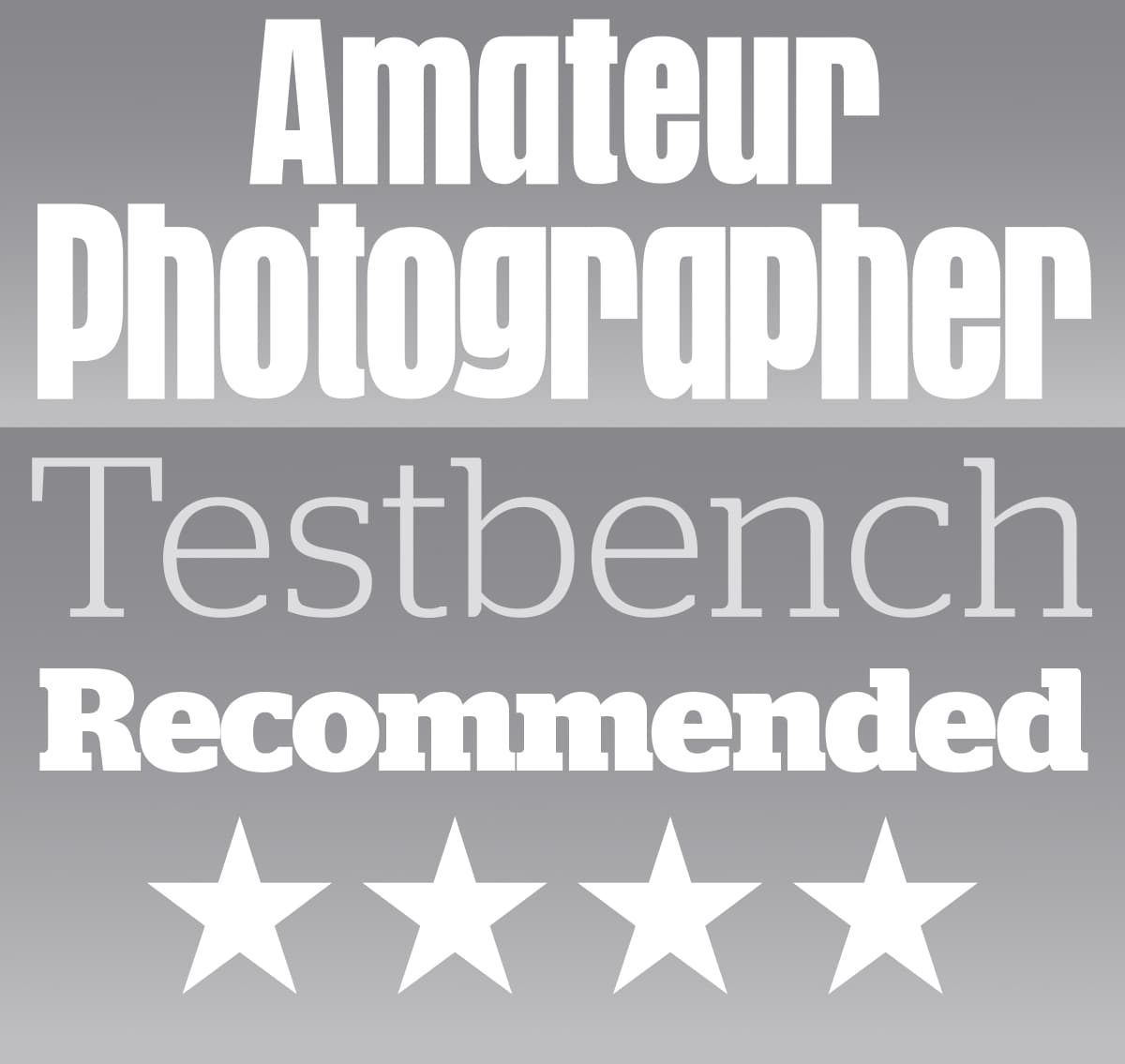
Looking for more Leica options? Have a look at the best Leica cameras.
Leica SL2 – Specifications



